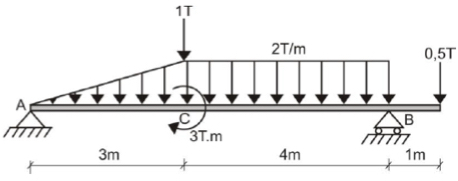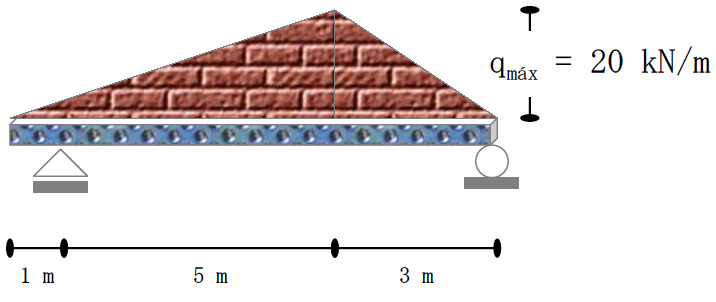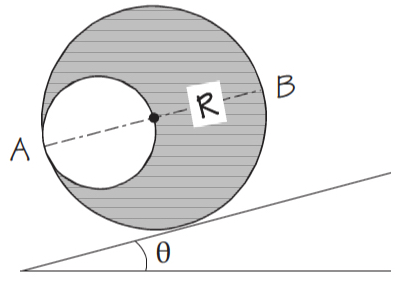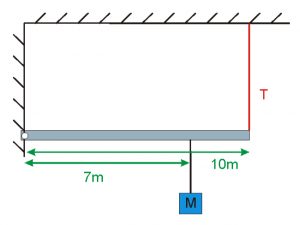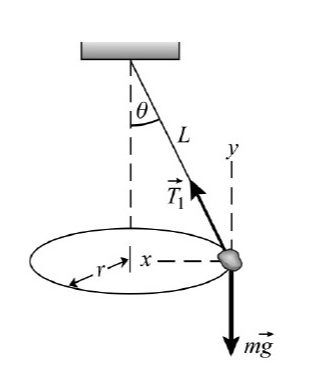After reading previous entry and understanding the meaning of isostatic beam, shear force, bending moment, how to apply method of sections, you should try to solve next exercises.
EXERCISE 1: A cantilever beam AB with mass 100 kg is subjected by cables as shown in figure. If the moment acting on the beam at A is greater than 2400 kN·m, beam will give way at A.
a) Determine the maximum weight of the load suspended by the two cables.
b) Draw shear and moment diagrams specifying values at all change of loading positions and at points of zero shear.
 EXERCISE 2: Draw the shear-force and bending-moment diagrams for the loaded beam and determine the maximum moment M and its location x from the left end.
EXERCISE 2: Draw the shear-force and bending-moment diagrams for the loaded beam and determine the maximum moment M and its location x from the left end.
